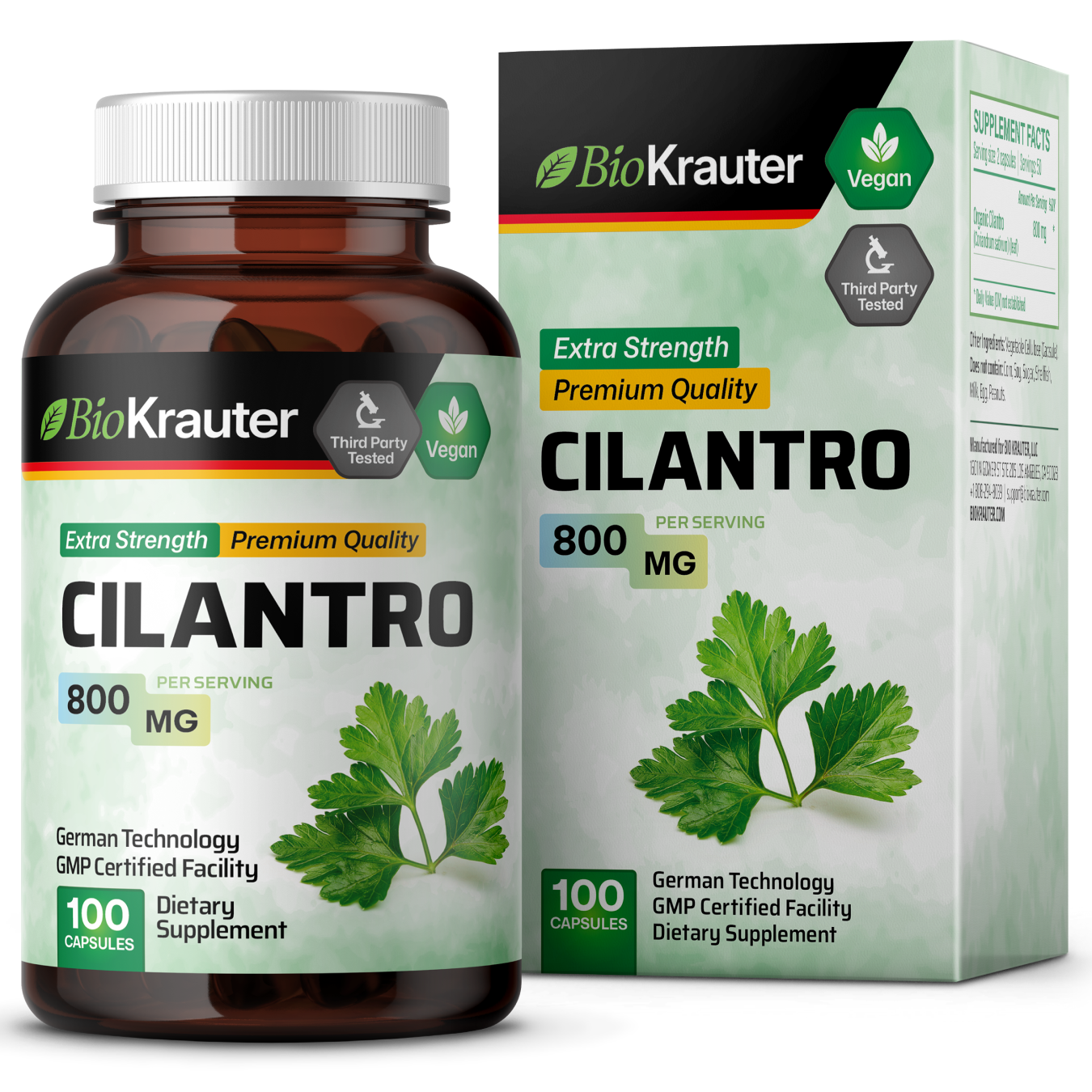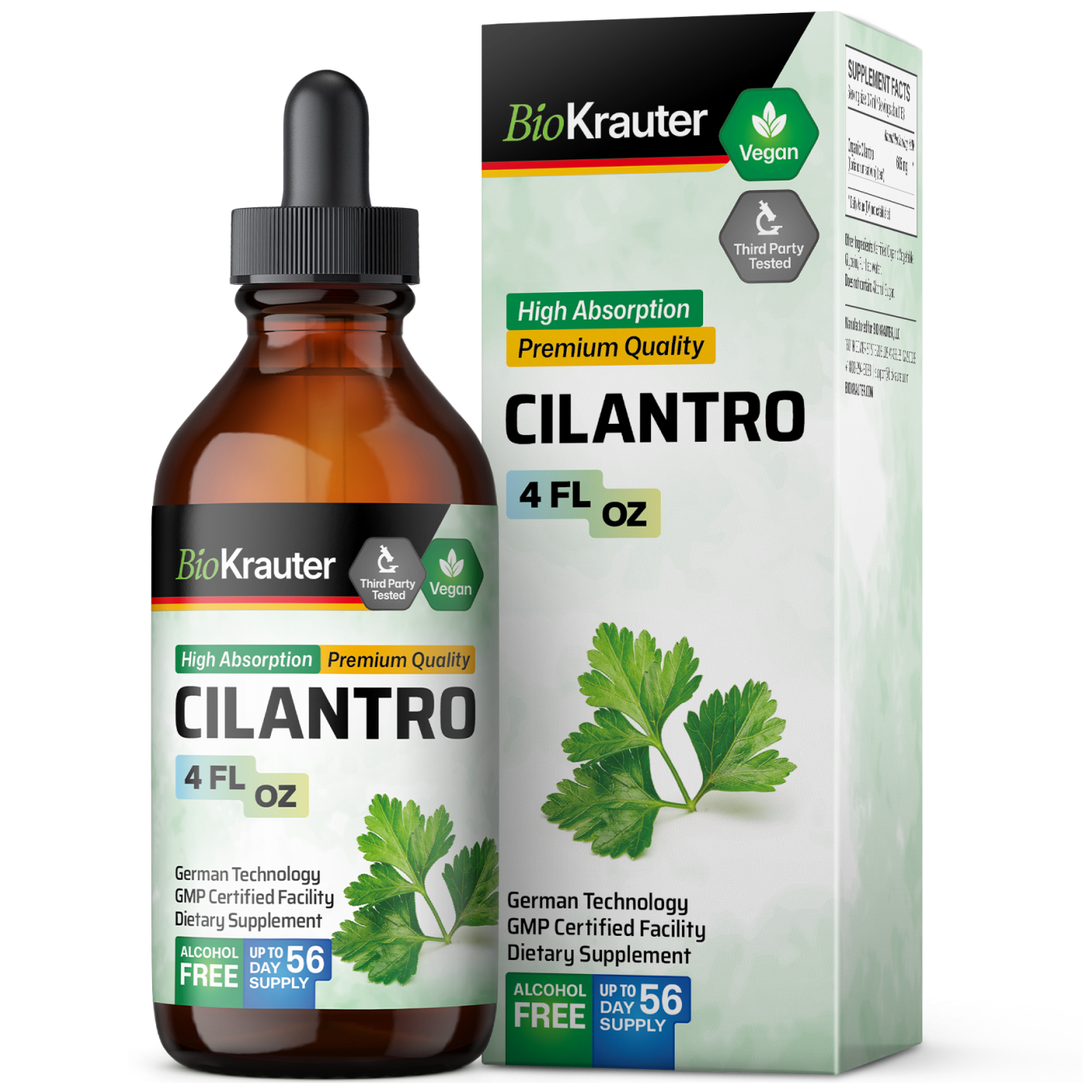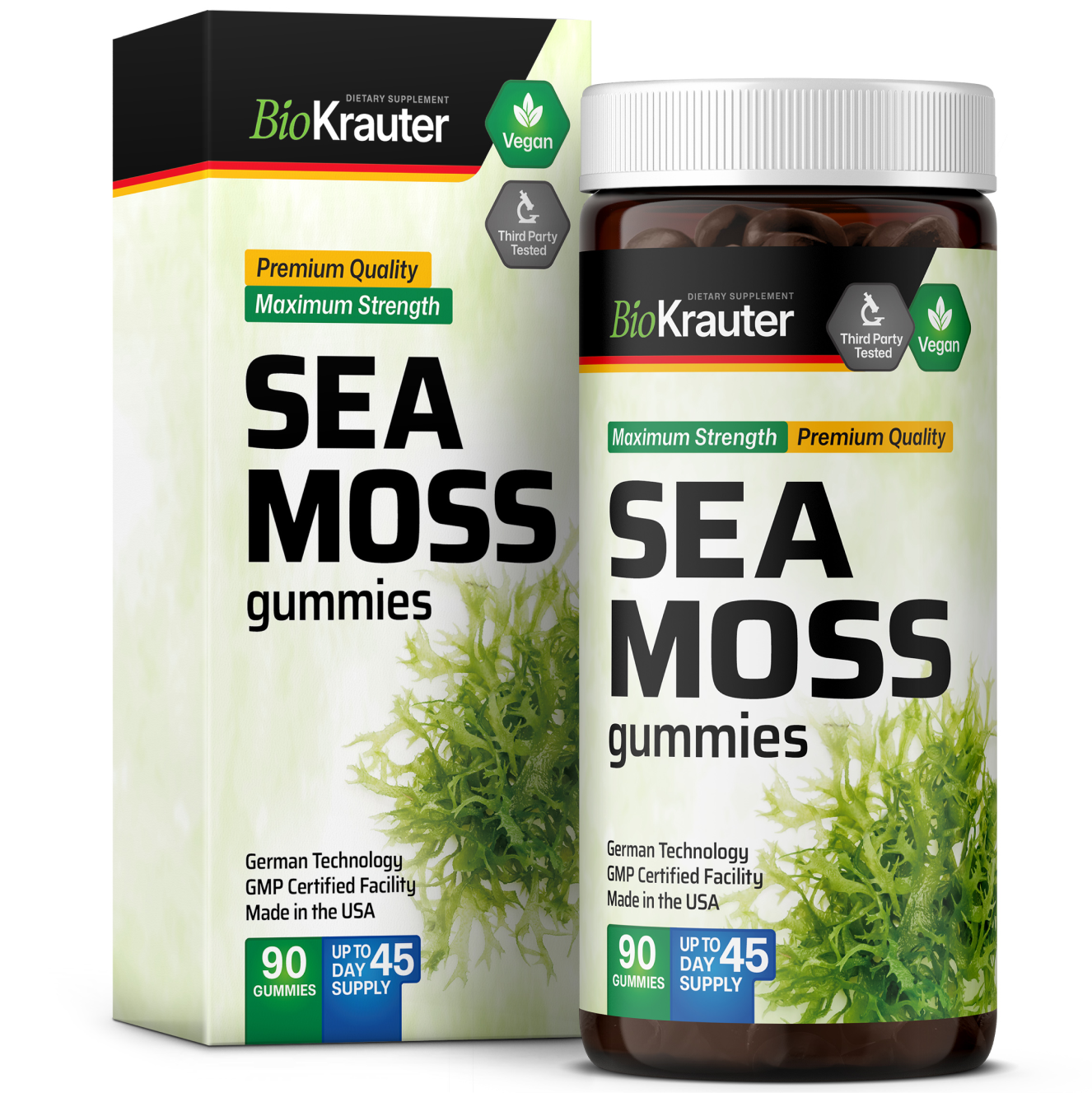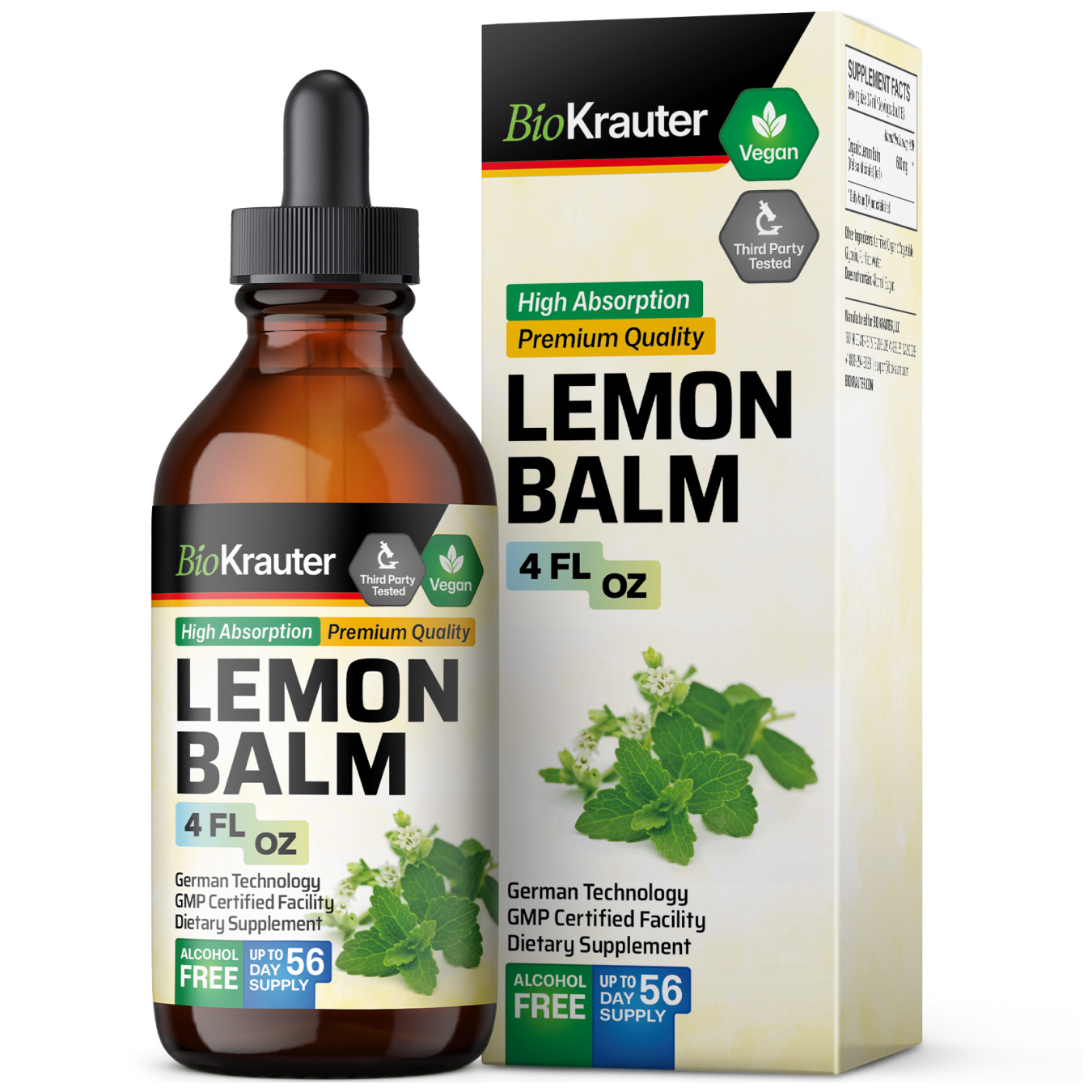-

What is Cilantro Used For?
This herb is particularly noted for its detoxifying properties – it aids in removing heavy metals like lead and mercury from the body. Rich in antioxidants, a cilantro plant helps combat free radicals in the body, reducing oxidative stress [1]. Plus, it's a good source of vitamins A & K, essential for maintaining healthy vision and bone strength, respectively.





- Detoxification aid Cilantro plays a valuable role in supporting the body’s natural detox pathways, especially through its liver-supporting properties. The liver filters toxins and metabolic waste from the bloodstream, and cilantro enhances this function by stimulating bile production. Bile helps carry fat-soluble toxins out of the body, and by promoting this flow, the herb supports a more efficient detoxification process [2], [3].
- Antioxidant properties It's a rich source of natural antioxidants, including flavonoids, phenolic compounds, carotenoids, and essential vitamins such as C and E. These powerful nutrients work together to neutralize free radicals, helping to reduce oxidative stress in the body. As a result, it supports the immune system, helps protect skin cells and contributes to eye health [4], [5], [6].
- Optimal digestive health This herb is especially beneficial for maintaining a healthy gut. It helps nourish beneficial bacteria in the digestive tract, supporting a strong microbiome essential for digestion and nutrient absorption. By promoting gut flora balance, cilantro may reduce occasional bloating and support long-term gastrointestinal health. Its mild digestive-stimulating properties also make it a helpful aid after meals.
- Nervous system support One of the often-overlooked cilantro benefits is its ability to support the nervous system. It contains bioactive compounds with natural calming effects that may help reduce stress and anxiety while promoting emotional balance. These compounds interact with neurotransmitters to ease nervous tension, support a stable mood and enhance mental clarity [7].
Products Featuring Cilantro
$19.99
$14.29
$19.29
Looking for more information?
View All FAQsCilantro has a unique ability to bind to heavy metals like lead, mercury and aluminum. This process is known as chelation, which facilitates the elimination of these. Heavy metals can accumulate in the body due to various environmental exposures and can be toxic in higher concentrations. By aiding in their removal, cilantro helps in reducing their harmful impact on health.
Additionally, the plant can support liver health. The liver is a vital organ for detoxification. It processes and removes toxins from the blood. Cilantro’s support also includes stimulating the liver to produce more bile, which is crucial for breaking down fats and removing waste products from the body.
Incorporating a high-quality cilantro supplement into your routine offers a concentrated, convenient way to harness these benefits — especially for those looking to gently support detoxification, protect liver health and promote internal balance.
"Cilantro" and "coriander" refer to different parts of the same plant, Coriandrum sativum, and the terms are often used interchangeably in different parts of the world, leading to some confusion [8]. Here's how they differ:
- Cilantro: This term is typically used in North American cuisine to refer to the fresh leaves of the Coriandrum sativum plant. Cilantro is known for its distinctive, fresh, and somewhat citrusy flavor. It perfectly complements a variety of culinary dishes, especially in Mexican, Asian and Middle Eastern cuisines.
- Coriander: In many parts of the world, especially in Europe, Asia and Australia, "coriander" refers to the entire plant: leaves, stems, seeds, and all. However, in the United States, "coriander" is commonly used to specifically refer to the dried seeds of the Coriandrum sativum plant. These seeds have a completely different taste profile from cilantro leaves - they are more warm, spicy and citrusy. Ground coriander, derived from these seeds, is used as a spice in cooking.
In general, while they come from the same plant, cilantro usually refers to the fresh leaves, and coriander refers to the seeds.
Yes, it can be easily grown at home, both indoors and outdoors. It's a popular herb for home gardens due to its versatility and the fresh flavor it adds to dishes. Here are some key tips for growing cilantro:
- Choosing a Location: This herb prefers a sunny or lightly shaded spot in your garden. If you are growing it indoors, a sunny windowsill works great. Ensure the location gets at least 4-6 hours of sunlight daily.
- Soil Requirements: Use well-draining soil. Cilantro doesn't like wet feet, so ensuring good drainage is essential. A regular potting mix is usually sufficient for growing it in containers.
- Planting: You can start cilantro from seeds or buy small plants from a nursery. If you're using seeds, plant them 1/4 inch deep and space them a few inches apart. The seeds can take up to 2-3 weeks to germinate.
- Watering: Keep the soil moist but not waterlogged. Overwatering can lead to root rot, while under-watering can stress the plant, causing it to bolt (flower) prematurely.
- Temperature: This plant grows best in cooler temperatures, around 50-85°F (10-29°C). It tends to bolt and go to seed when the temperatures rise, especially in hot summer months.
- Harvesting: You can start harvesting cilantro about 3-4 weeks after planting. Cut the outer leaves first, allowing the inner leaves to continue growing. Frequent harvesting helps prolong the life of the plant and prevent bolting.
- Bolting: It’s a short-lived herb and will naturally bolt and produce seeds (coriander). If you want a continuous supply, consider planting new seeds every few weeks.
- Container Growing: Cilantro is well-suited to container growing. This can be especially useful if you have limited garden space or want to grow herbs indoors.
Yes, this herb offers notable benefits for skin health due to its natural detoxifying and antioxidant properties. By supporting liver function and aiding in the removal of heavy metals, it helps reduce the buildup of internal toxins that can contribute to breakouts, irritation or dullness. It’s also rich in vitamin C, beta-carotene and polyphenols, which protect skin cells from oxidative damage and support a more radiant, even complexion. Additionally, its anti-inflammatory compounds may help soothe redness or sensitivity, making cilantro a gentle ally for clearer, healthier-looking skin.
Taking cilantro as a tea offers a gentle, hydrating, and easy-to-digest alternative to capsules or tinctures. The warm liquid form enhances absorption and supports digestive comfort, making it ideal for those with sensitive stomachs or looking for a mild daily detox. The tea form allows for gradual intake of the herb’s active compounds, which can be beneficial for long-term use in supporting liver health, fluid balance and nervous system relaxation. Plus, the ritual of sipping tea adds a calming, mindful element to your wellness routine.
- https://pubmed.ncbi.nlm.nih.gov/30783906/
- https://www.medicalnewstoday.com/articles/327317
- https://www.webmd.com/vitamins/ai/ingredientmono-1533/cilantro
- https://www.medicalnewstoday.com/articles/277627
- https://pmc.ncbi.nlm.nih.gov/articles/PMC8747064/
- https://www.sciencedirect.com/science/article/pii/S2221169115000647
- https://www.webmd.com/diet/health-benefits-cilantro
- https://www.healthline.com/nutrition/cilantro-vs-coriander

Free
Shipping
No shipping
cost over $50

Premium
Quality
Engineered to a gold
standard for your satety

Easy
Returns
30 days money-
back guarantee




















